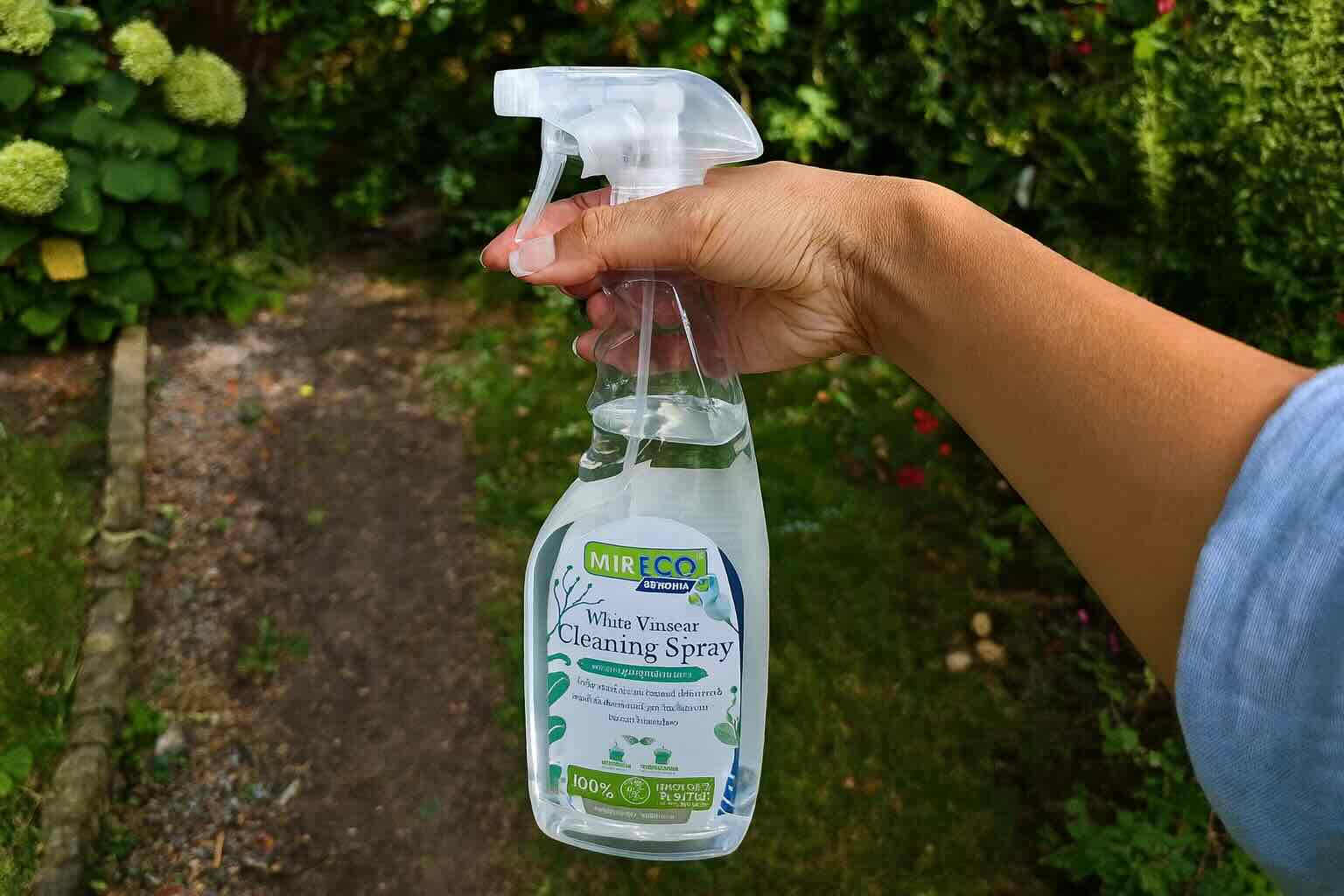Just when you think you’ve settled in for a cozy fall evening, it happens—you spot a spider dangling from the ceiling or weaving a web in the corner of your living room. Heart racing, you grab a shoe or a tissue, wishing there was a better way. The truth is, you don’t need toxic sprays or expensive gadgets. The real secret to keeping spiders out of your home is already sitting in your kitchen cupboard: a humble bottle of white vinegar.
Why Spiders Show Up More in Fall
If it feels like spiders multiply the moment September rolls around, you’re not imagining it. Autumn is their mating season, which peaks between September and early November. Cooler nights outside push them indoors, searching for warmth, food, and safe corners to build webs.
They creep through the tiniest gaps—loose window frames, worn-out door seals, even the cracks near vents. Once inside, they stay close to baseboards, bathroom corners, and behind furniture where it’s quiet and hidden.
The good news? Spiders aren’t out to get you. They’re following instincts: warmth, air currents, and the promise of a steady food supply. Still, nobody wants webs hanging in the kitchen or unexpected visitors in the shower. That’s where white vinegar—and a little strategy—come in.
The Kitchen Staple That Sends Them Packing
White vinegar may look humble, but it has a hidden superpower: its sharp scent overwhelms the sensors spiders use to navigate. They “taste” the world with their legs, and vinegar disrupts that process, nudging them to retreat.
It’s not about killing. It’s about creating invisible boundaries they don’t want to cross. And unlike sprays loaded with synthetic chemicals, vinegar is safe, inexpensive, and already a trusted household staple.
Here’s the best part: it takes less than a minute to mix. Simply combine equal parts white vinegar and water in a spray bottle. Label it clearly, stash it near the door, and you’ve got a spider deterrent that works inside and out.
How to Use Vinegar Without Fuss—or Damage
The trick is in the routine, not the effort. You don’t need to drench surfaces. A light mist works wonders.
- Door frames and window ledges: Quick spritz to discourage entry.
- Baseboards and behind furniture: Fine mist keeps hidden corners less welcoming.
- Outdoor steps and patio edges: Refresh after rain to hold the line.
- Closets and laundry areas: Short bursts prevent nesting in low-traffic spots.
Avoid polished wood or delicate surfaces—vinegar can dull finishes over time. For those areas, spray a cloth lightly and wipe instead of misting directly.
Make it simple: pick two or three zones on Monday, another few midweek, and finish the week with the tricky spots behind appliances. A rhythm of small, regular actions beats one overwhelming cleaning spree.
If You Can’t Stand the Smell
Not everyone loves the sharp tang of vinegar. Luckily, nature has other tools. Peppermint oil is one of the most popular alternatives. Strong and refreshing for us, it’s overwhelming for spiders.
Fill a spray bottle with water and add 15–20 drops of peppermint oil. Mist the same areas you’d treat with vinegar. You can also soak cotton balls in oil and tuck them onto windowsills or in corners. Eucalyptus and tea tree oil carry similar punch, so you can rotate scents if you prefer.
For an extra layer, plant peppermint near doors and patios. It creates a natural scent barrier that doubles as a fresh addition to your outdoor space.
Safety Notes and Smart Habits
White vinegar is safe, but a few precautions make it even easier to use:
- Always label spray bottles—especially if you have kids or pets.
- Skip polished wood, marble, or natural stone, as vinegar can etch surfaces.
- Ventilate if the scent lingers—crack a window for five minutes.
- Don’t expect perfection. The goal is reducing stress and numbers, not total elimination.
Pair vinegar sprays with smart habits: sealing cracks, sweeping crumbs, and decluttering corners. Fewer flies mean fewer hunters.
A Five-Minute Fall Ritual
The beauty of this method is how little time it takes. One light spritz as you pass the doorway, a quick sweep along the windowsill, and you’re done. The bottle sits by the doormat, reminding you without nagging.
Here’s a simple weekly rhythm:
- Monday: Doors, thresholds, and patio sliders.
- Wednesday: Windowsills, baseboards, and closets.
- Friday: Behind appliances, sinks, and laundry shelves.
- After rain: Refresh outdoor steps and garden paths.
By week two, you’ll notice a difference. Fewer webs in corners. Less flitting from gnats. Rooms feel lighter, calmer, more yours.
Why It’s Worth It
Sometimes the smallest rituals create the biggest sense of peace. A spray bottle of vinegar isn’t glamorous, but it’s practical, gentle, and effective. It replaces worry with rhythm and helps your home feel calm again.
You don’t need a full overhaul—just a five-minute loop that blends with daily life. And each time you spritz, you’re reminded that nature offers solutions as simple as they are powerful.
Have you ever tried using vinegar—or peppermint oil—to keep spiders away? What tricks have worked best for you? Share your experiences, and let’s swap the small rituals that make our homes calmer, cozier, and a little less spooky this fall.
